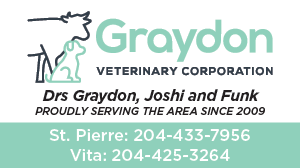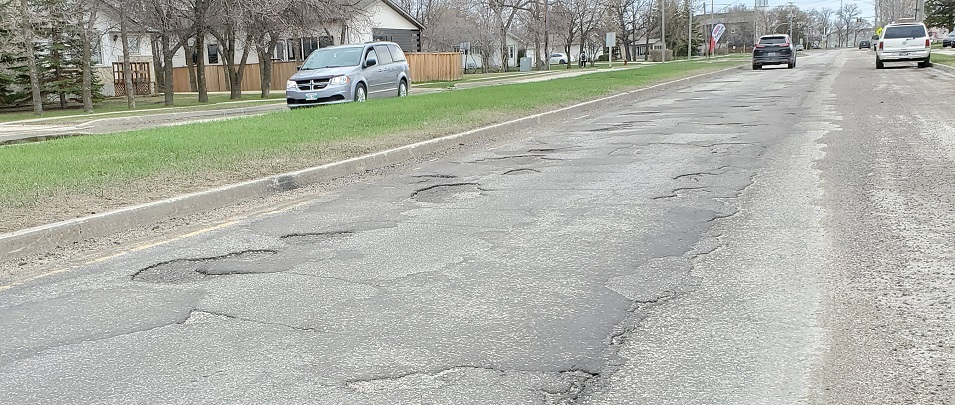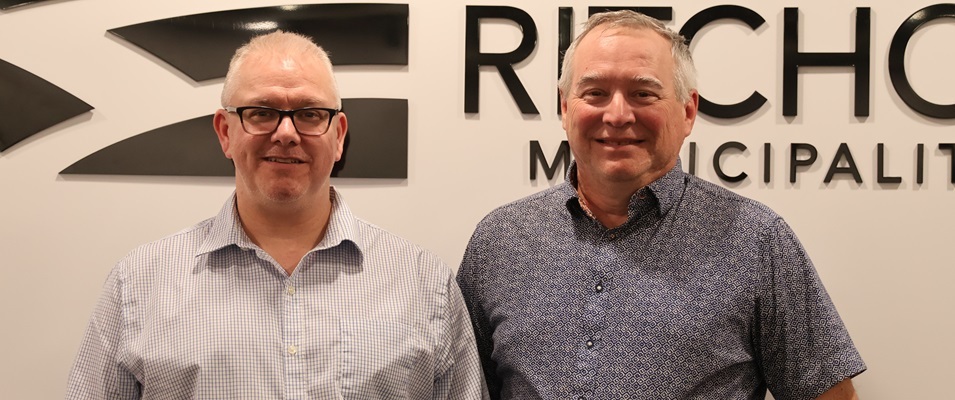
As of April 1, a significant contingent of Manitoba residents will benefit from subsidized physiotherapy and rehabilitation services following knee and hip surgery. Ease of access is also set to improve with the introduction of direct billing from any registered physiotherapist of choice.
“The Diagnostic and Surgical Recovery Task Force, and agreements such as this, will help patients access the care they need now as the Manitoba government expands capacity and builds a more resilient public health system for the future,” says Health Minister Audrey Gordon. “By streamlining billing processes and providing comprehensive support, we’re also removing barriers and freeing up healthcare providers to focus on delivering care to patients across Manitoba.”
The provincial investment of $2.5 million is anticipated to assist an estimated 6,100 patients in receiving post-surgical recovery care. Billing services will be managed by the Manitoba Physiotherapy Association (MPA) as an interim solution until a more permanent billing solution is created in the coming months.
“The MPA is well positioned and eager to provide interim billing services for all Manitoba physiotherapy clinics until alternative, permanent third-party billing arrangements are put in place,” says Anna DiMarco, president of MPA.
The Diagnostic and Surgical Recovery Task Force was established in late 2021 as a means of addressing the growing number of people on diagnostic and surgical waitlists in the midst of the pandemic.
In the fall of 2022, the province took the first step by approving direct-bill options for post-surgery care through three private clinics. Today, wait times and travel time has been reduced further with the inclusion of the provider-of-choice option.
Eligible patients can qualify for up to six individual physiotherapy sessions or ten group sessions. Connecting patients with their appropriate provider is now included in the hospital discharge process.
Local Patients and Practitioners Applaud the Decision
Sandi Hall lives just outside of Niverville. In 2017, she had both knees replaced, one in the spring and one in the fall of that year.
Earlier that year, she says, the province had been covering the cost of post-op recovery services at hospitals.
Somewhere between her two surgeries, things changed.
“In April of 2017, my physio was scheduled at Victoria Hospital as it was more convenient for me to get it there,” Hall says. “At the time, it was all covered by the province. By September 2017, my physio was no longer covered by the Winnipeg Health Authority and I would have had to pay for physio.”
Hall says that the process of being discharged from the hospital following surgery may differ for each individual, but in her case she was released the very next day. Once staff are assured that a patient is able to walk short distances with the use of a walker and use the washroom independently, they are sent home.
Thankfully, as a resident of the Southern Health–Sante Sud region, Hall discovered that she could still access physio and rehab at no cost through the Bethesda Regional Health Centre in Steinbach.
She’s heard rumours of others, though, who turned to the internet for their post-surgery therapy guidance instead of seeing qualified professionals.
Andrew Neufeld of Niverville Physiotherapy says it’s quite typical for post-surgery patients to require anywhere from four to eight in-house therapy sessions to get to full recovery.
“The client is [also] provided with a home program so that they can build on the exercises as repetitions are key for the motor retraining,” Neufeld says.
Based on his clinic fees, Neufeld says the total cost of therapy would come to anywhere between $320 and $600. With a government funding maximum of $540 per patient, he says most people should find that the majority of their costs will be covered.
“This program from the government is really, really good,” Neufeld says. “And funding six sessions will do well for most people. It is also important to note that this is a secondary insurance. A person must use their private insurance first.”
Lisa Desaulnier is a registered massage therapist in Niverville. She says most insurance benefit packages cover post-surgery therapies, but often to a limited degree. Most insurance holders, until now, have expected to pay some out-of-pocket costs.
Part of the problem, Desaulnier adds, is that insurance companies haven’t been keeping up with the rising costs of therapy.
“I’m a rehab therapist and I work with pre- and post-surgery patients,” Desaulnier says. “[Patients] always have a faster recovery when applying prefab therapy before surgeries. Unfortunately, a $350 insurance plan covers about three treatments. [Then] you still need post-surgery treatment, and that ends up coming out of pocket.”
She agrees with Neufeld on the importance of coaching patients to practice therapy exercises at home with as much vigilance as they can muster in order to get a better bang for their treatment buck.
“My advice would be that if you’re planning a surgery, use your benefits that year to focus on the problem area and do the stretches and exercises as prescribed,” Desaulnier says. “Take advantage of whatever prefab/rehab the hospital offers for free and go from there.”


















